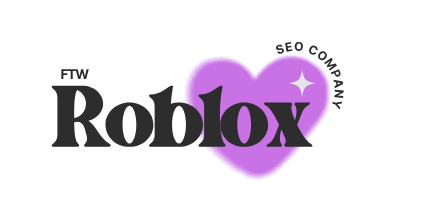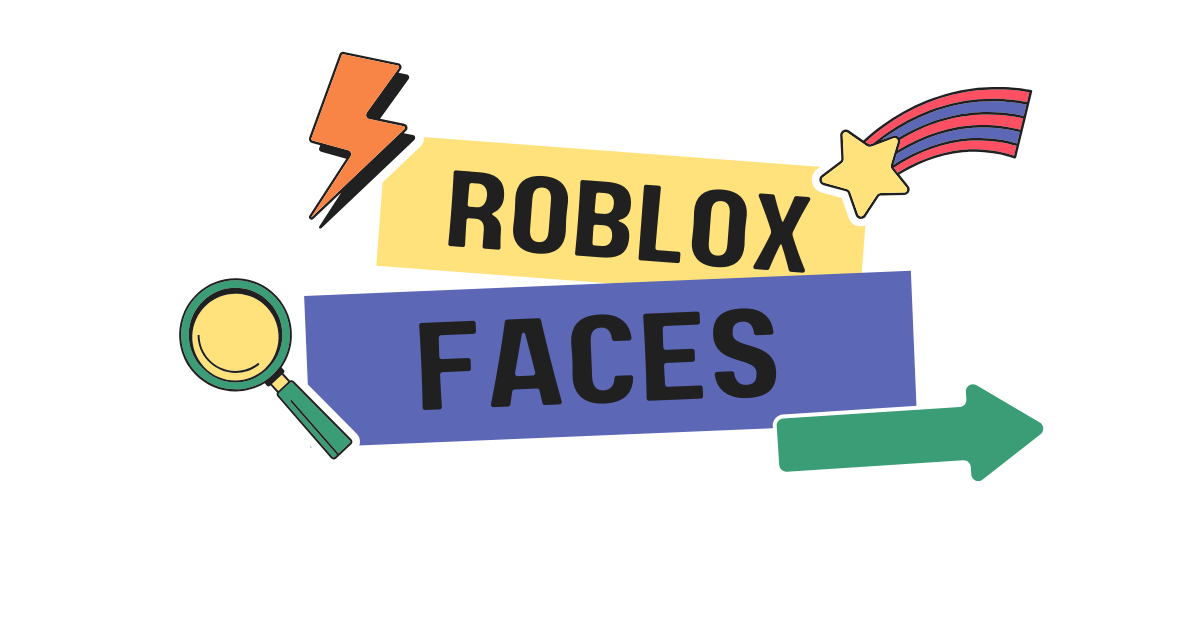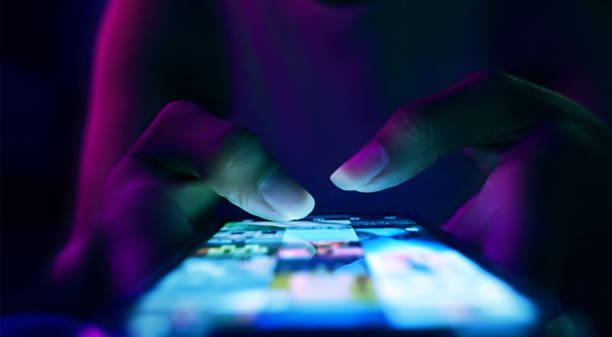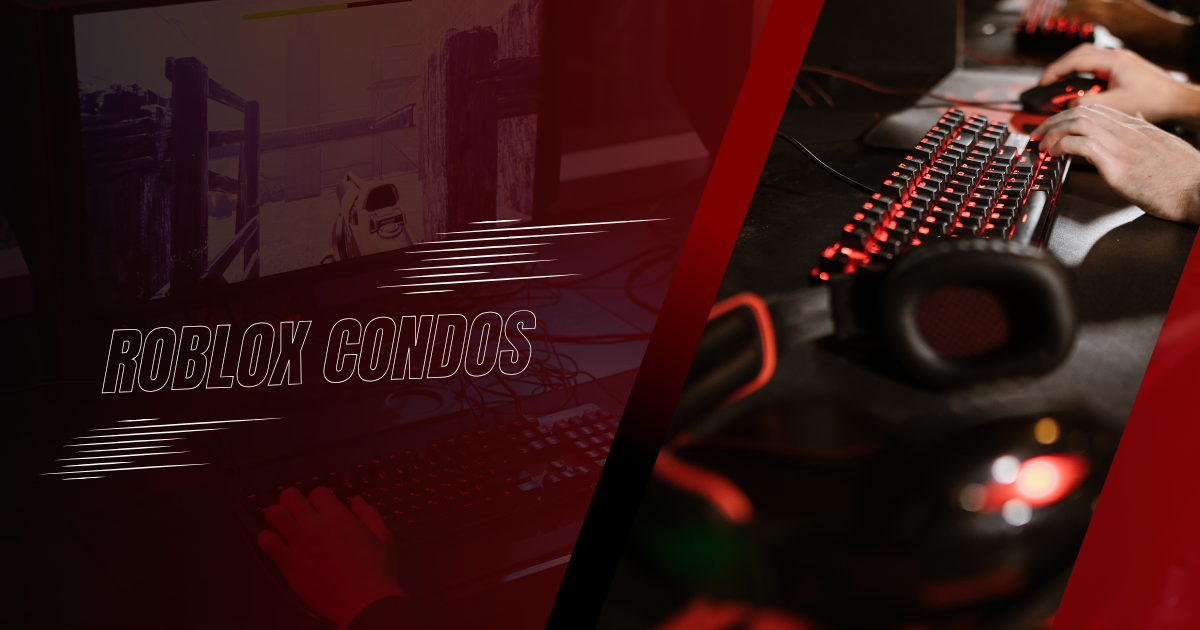1. Introduction to Roblox Faces
Roblox is more than just a platform for games; it’s a creative hub where users build, customize, and personalize their experiences. One of the most iconic elements of character customization in Roblox is the “face.” A Roblox face is a graphic applied to the avatar’s head to express personality, mood, and style. From happy smiles to quirky expressions and fierce glares, faces give life to avatars and make them unique in a world shared by millions.
These faces are often the first thing others notice in-game, contributing significantly to the social and aesthetic elements of the platform. While the base avatar starts with a default face, players can choose from thousands of designs to stand out. The appeal of customizing one’s face lies in the emotional connection players have with their avatars, often using them to reflect their mood, style, or even favorite memes.
2. The History and Evolution of Roblox Faces
Roblox faces have come a long way since their early days. Initially, the platform offered only a handful of basic designs. These early faces were simple, cartoonish, and aimed at providing a family-friendly atmosphere suitable for younger audiences. As the platform grew in popularity and more developers and creators joined, the demand for more diverse and expressive facial designs increased.
With the introduction of the Avatar Shop (formerly known as the Catalog), users could purchase a wide array of faces using Robux, the in-game currency. This opened up new opportunities for personalization, allowing players to craft their digital identity with greater nuance. Over the years, the variety of available faces has expanded dramatically, including both free and premium options, as well as limited-edition collector items.
3. Types of Roblox Faces
Roblox faces can be broadly categorized into several types based on expression and style. Common types include happy, angry, sad, mischievous, and abstract or surreal faces. Each category appeals to different users and gameplay types. For instance, players in roleplaying games might choose emotional faces, while those in competitive games may prefer intense or fierce expressions to fit the theme of the game.
Additionally, some faces are designed to be cute or humorous, playing into meme culture and internet trends. There are also seasonal and event-themed faces released during Roblox holidays, contributing to their collectibility and uniqueness. These types give users numerous ways to align their character’s look with their personality or the type of game they are playing.
4. Popular Roblox Faces Over Time
Certain Roblox faces have become iconic and highly sought-after by the community. Examples include the “Classic Smile,” “Beautiful Hair for Beautiful People,” and the infamous “Super Super Happy Face,” which is one of the most expensive and rare faces available. These faces are not just cosmetic; they represent status and history within the Roblox universe.
Limited-edition faces, especially those no longer in circulation, often sell for high amounts in the secondary marketplace. Their rarity adds to their prestige, and owning such a face can be a symbol of being a veteran or a committed player. Over time, some of these faces have reached legendary status, with entire outfits or avatar themes built around them.
5. Creating Custom Faces in Roblox
While most users rely on the Avatar Shop for face selections, more advanced users engage in creating custom faces through development tools. Although custom faces can’t be officially uploaded to the main platform for general use (unless approved by Roblox), developers can design them for use in their own games or concepts.
Custom faces are often part of a broader trend in Roblox’s development community to build unique games and experiences. These faces may be used for NPCs, special in-game events, or as rewards. Although unofficial, these custom assets show the vast creative potential Roblox offers and how users can bend the rules of avatar design to suit their artistic visions.
6. Limited and Collectible Faces
Roblox occasionally releases limited-time faces, which become collectible items over time. These are typically available in restricted quantities or during specific time windows, such as holidays or events like the Bloxy Awards. Once off the market, they can be traded or sold for much higher values using the in-game economy.
These collectible faces often gain cult followings and can sometimes define a player’s status in the Roblox community. Users who own rare faces may even become influencers within the trading and customization niches. These faces act not only as digital cosmetics but as economic assets within the platform’s social structure.
7. The Economics of Roblox Faces
Robux, the virtual currency in Roblox, plays a huge role in how faces are bought, sold, and traded. Some faces are priced at a few Robux, while others can cost tens of thousands. The limited availability of certain faces inflates their value, creating a miniature economy around face ownership and trade.
The Developers Exchange (DevEx) allows creators to convert Robux into real currency, adding another layer to this ecosystem. Players can earn Robux through game passes or items and reinvest them in high-value faces. This cycle contributes to a thriving marketplace where demand, rarity, and player status influence prices and trades.
8. Face Trends and Community Influence
The Roblox community plays a significant role in shaping face trends. Influencers and popular YouTubers often set the tone by featuring specific faces in their content, leading to surges in popularity. In many cases, fan-favorite avatars become trends themselves, inspiring other players to emulate their look.
Trends can shift quickly, especially with social media integration. One week a particular face may be the hottest item; the next, it’s overshadowed by a newly released design or meme-inspired face. These fast-paced trends mirror the real-world fashion industry, further blurring the lines between digital and physical identity for younger players.
9. Faces in Roblox Roleplaying and Gaming
In roleplaying games, the choice of face becomes an essential storytelling element. Players select expressions that match their character’s personality, emotions, or backstory. For example, a villain might wear a sneering face, while a prince or princess character might opt for something more regal or serene.
Different genres of games also affect face choices. In combat games, aggressive or stoic faces might be more common. In simulator or hangout games, playful or cute expressions dominate. This aspect shows how facial customization enhances immersion, making interactions and gameplay more compelling and emotionally resonant.
10. The Future of Roblox Faces
Roblox is gradually shifting toward more advanced avatar systems, including layered clothing and 3D faces. These innovations are expected to bring even greater customization options, possibly allowing players to animate their faces or integrate them with voice chat for real-time expressions.
Future updates may introduce facial recognition or AI-driven emotion mapping, enabling even deeper levels of expression and personalization. These advancements will likely redefine how faces are used in both gameplay and social interaction, making the avatar a more accurate reflection of the user behind the screen.
Conclusion
Roblox faces are far more than simple cosmetic choices—they are expressions of identity, creativity, and culture within a vast digital playground. From humble beginnings to iconic collectibles, faces have evolved into powerful tools for personalization and self-expression. Whether you’re a casual player choosing a smiley face or a collector investing in rare designs, the face you pick says a lot about your virtual self.
As Roblox continues to grow, so will the complexity and possibilities of avatar customization. Faces will remain at the heart of that evolution, bridging the gap between virtual expression and real-world emotion. In a world built by its users, every face tells a story—and that story is constantly unfolding.
Also Read About: gadgetfreek.com



